Fixing the err_too_many_redirects Error on WordPress
Are you encountering the "err_too_many_redirects" error when accessing your WordPress website? Don’t worry! This error usually happens due to issues such as faulty cookies, misconfigurations, or plugin conflicts. This article will guide you through the steps to fix this error quickly and effectively, allowing you to restore your website.
What is the err_too_many_redirects Error?
The err_too_many_redirects error is a common issue that users face when managing a WordPress website. It typically occurs when the browser cannot find the correct URL to load because it gets caught in a continuous redirection loop. This basic error is encountered by many, disrupting their workflow. There are various causes of this error, so to resolve it, you need to understand the main reason behind the appearance of the err_too_many_redirects error.
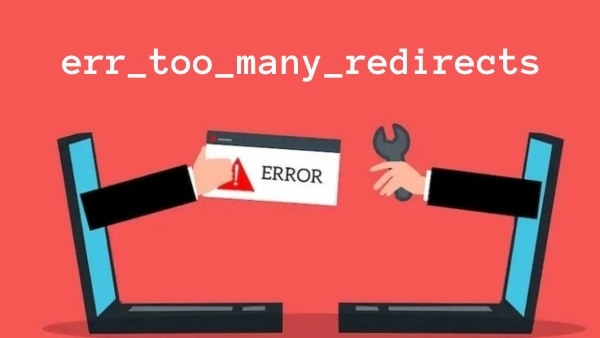
Causes of the err_too_many_redirects Error
There are several reasons why the err_too_many_redirects error might appear on your screen, such as:
1. Faulty Browser Cookies
Nowadays, most websites use cookies to store information in the user’s browser and improve their experience. However, sometimes these cookies may contain expired or faulty data, causing various issues on the website, including redirect errors.
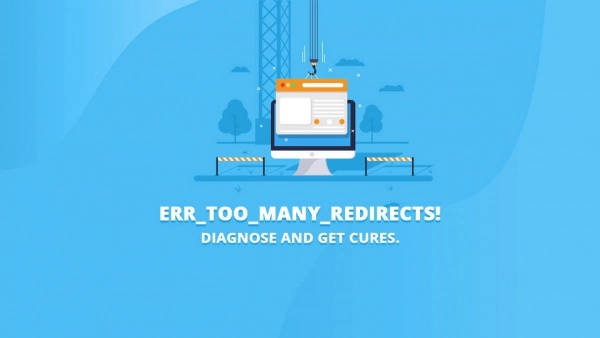
Clearing your browser cookies can help fix the err_too_many_redirects error. When users clear cookies, the erroneous or expired data is removed, preventing the website from getting stuck in a redirection loop.
2. Outdated Cached Data
Another cause of the err_too_many_redirects error is outdated cached data. When the web server sends a redirect response, this information may be stored in the browser’s cache. Therefore, even if the issue has been resolved, you still need to clear the cache on both the website and the browser to ensure that no redirection errors occur.
3. Incorrect WordPress Site URL
If you can still access the WordPress admin area directly, the err_too_many_redirects error might be due to an incorrect WordPress site URL configuration. This is a common cause, and you can easily fix it.

4. Faulty or Expired SSL/TLS Certificate
The err_too_many_redirects error can occur if the SSL/TLS certificate is faulty or expired. An SSL/TLS certificate allows users to access a website via HTTPS and encrypts the data exchanged between the user and the website.
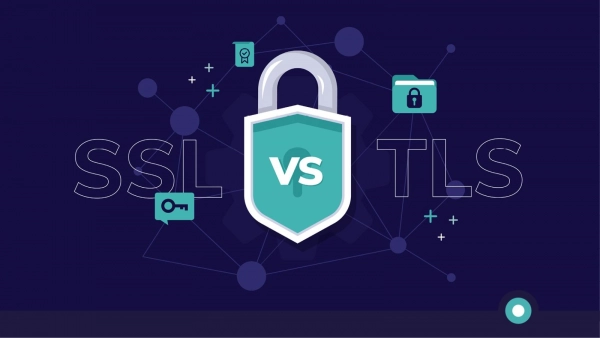
If the website is set to use HTTPS, but the SSL/TLS certificate is not installed or configured correctly, the browser may fail to establish an HTTPS connection with the server, leading to a redirect loop and causing the err_too_many_redirects error.
5. Plugin Conflicts
The err_too_many_redirects error can also be caused by conflicts between plugins on your WordPress site. Some WordPress plugins may interfere with WordPress’s redirection rules or the server configuration.
To identify the plugin causing the error, you can follow these steps:
Step 1. Log in to the WordPress admin area if you can still access it. If not, you’ll need to use your hosting account to access the site.
Step 2. If you’re using the WordPress admin area, deactivate all plugins by going to the Plugins menu and selecting Deactivate All or deactivate plugins one by one.

Step 3. After deactivating the plugins, reload the website and check if the err_too_many_redirects error still occurs. If the error disappears, this indicates that one of the plugins caused the conflict.
Step 4. Now, you need to activate the plugins one by one and check after each activation to identify which plugin is causing the error. Once you identify the conflicting plugin, you can remove it from the site or find a solution to the issue.
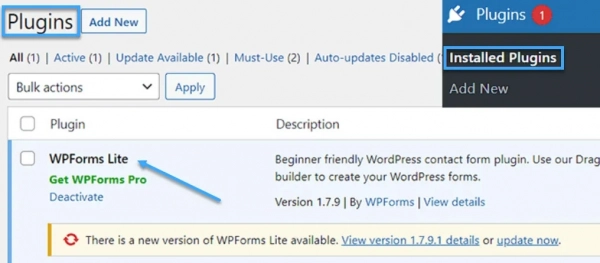
How to Fix the err_too_many_redirects Error
The err_too_many_redirects error can cause the website to get stuck in a redirection loop, preventing users from accessing the desired content. This leads to disruptions in managing and updating your website, severely affecting your workflow.
Fortunately, you can resolve this error if you understand its root cause. Below are some methods to eliminate the err_too_many_redirects error:
1. Clear All Browser Cookies
To fix the err_too_many_redirects error, one of the effective methods is to clear all cookies in your browser. Here are the steps to clear cookies in Chrome and Firefox:
In Chrome
Step 1. Open Chrome and go to `chrome://settings/siteData`.
Step 2. On the Data Management page, search for the website causing the error. When you find it, click the trash icon next to it to delete the site’s cookies.
Step 3. Repeat this process for any other websites causing issues, if necessary. After clearing all cookies, reload the website and check if the err_too_many_redirects error persists.
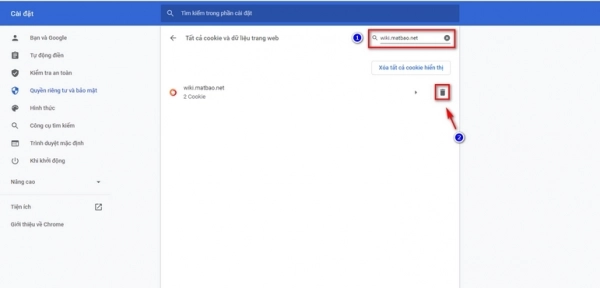
In Firefox
Step 1. Open Firefox and go to `about:preferences#privacy` or select Options and then Privacy & Security.
Step 2. In the Cookies and Site Data section, click on Manage Data. On the Manage Cookies and Site Data page, search for the website associated with the error.
Step 3. When you find the site, click Remove All to delete its cookies.
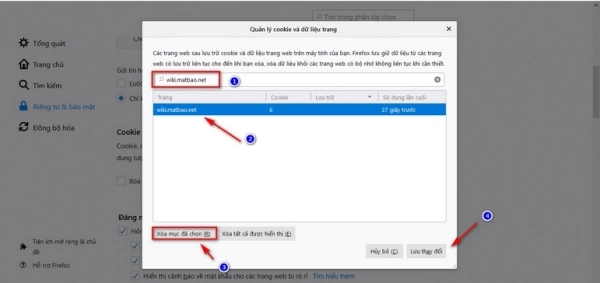
Clearing all cookies refreshes the website and removes incorrect redirection information, which can quickly resolve the err_too_many_redirects error and restore your site to normal.
2. Clear Browser Cache or DNS Cache
If you use caching plugins like Swift Performance, WP Rocket, W3 Total Cache, LiteSpeed Cache, or WP Fastest Cache on your WordPress site, you can clear the cache using the Clear Cache function provided by these plugins.
Additionally, caching plugins often create a cache folder on the server to store cached data. You can clear this cache by accessing your hosting control panel. Navigate to the File Manager and find the folder containing your WordPress site. Inside that folder, locate the `wp-content` folder, where you’ll find a `cache` folder. You can delete all contents in this cache folder.
Clearing browser cache, DNS cache, and server cache refreshes the data and information on the site, ensuring smooth access to the latest version of the site.
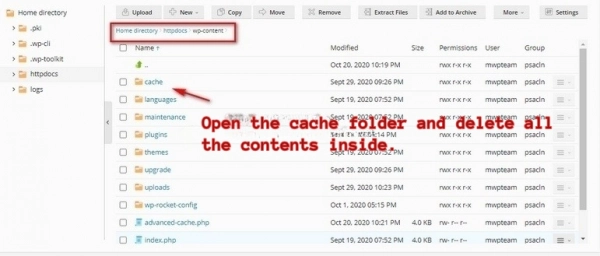
3. Correct the WordPress Site URL
To correct the site URL on WordPress, you can follow these steps depending on the situation:
- If you can still access the admin area, go to Settings and select General. Here, you can check and adjust the values for WordPress Address and Site Address to ensure they are identical. After making changes, don’t forget to click Save Changes to apply the updates.
- If you cannot access the admin area, you’ll need to access the hosting control panel directly. Find and open the wp-config.php file. You can add the necessary code snippets to the `wp-config.php` file after the `
When you modify the URL in the WordPress settings or the `wp-config.php` file, the links and resources on the site will be updated and function correctly with the new address.
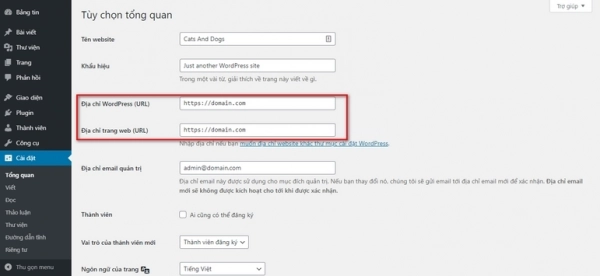
4. Reinstall the SSL/TLS Certificate
To reinstall the SSL/TLS certificate on your server, start by checking the server’s SSL configuration using an SSL Server Test tool. This tool helps you verify and analyze the HTTPS connection setup to ensure the SSL configuration is correct.
If you’re using cPanel or Plesk Panel, you can install a free SSL certificate from Let’s Encrypt. Both control panels come with built-in functions to install and manage Let’s Encrypt certificates. Typically, installing a certificate on cPanel and Plesk Panel is straightforward and takes just a few steps.
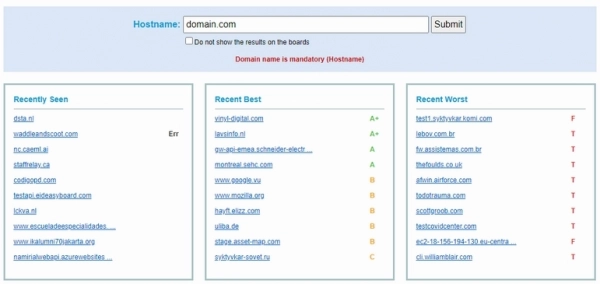
If you already have certificate files such as CRT, CA, and Private Key, you can also install them directly on cPanel or Plesk Panel. Both control panels provide methods to upload certificate files and configure SSL/TLS on the server.
Note that the process of reinstalling an SSL/TLS certificate depends on the hosting control panel you use and the specific server configuration. Refer to your hosting provider’s documentation or contact them for detailed instructions and assistance with installing the SSL/TLS certificate.
5. Resolve Plugin Conflicts
To resolve plugin conflicts on WordPress, you can follow these steps:
Step 1. Access your WordPress website’s admin area through the httpdocs path. Then, navigate to the `wp-content` folder and rename the `plugins` folder to `plugins_old`. This will temporarily disable all plugins on the site without affecting any data.
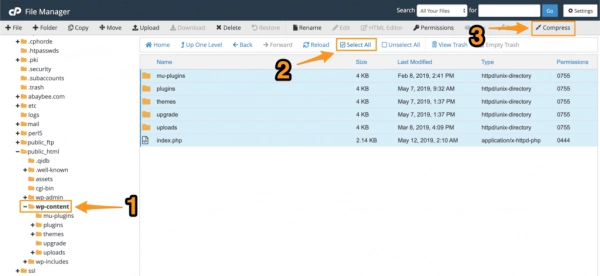
Step 2. Next, reload the site to check if the conflict has been resolved. If the redirect error no longer appears, this indicates that one or more plugins were causing the conflict.
Step 3. After identifying the plugin causing the error, rename the `plugins_old` folder back to `plugins` to restore the plugins.
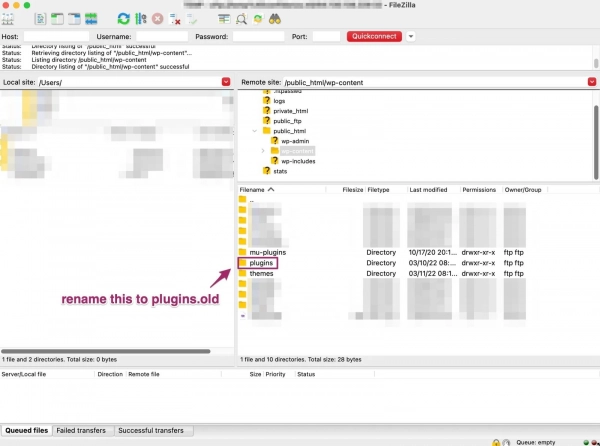
Step 4. Finally, access the `plugins` folder and rename each plugin folder one by one to determine which plugin is causing the err_too_many_redirects error. Renaming each folder will deactivate the respective plugin.

Once you identify the plugin causing the conflict, consider updating it to the latest version, finding patches, or even removing the plugin if necessary.
We hope this article provides useful information on the err_too_many_redirects error and effective ways to fix it. This continuous redirection error can directly impact productivity, preventing users from loading and managing their website. Therefore, identifying the cause and applying the appropriate solutions is essential.
Submit feedback
Your email address will not be made public. Fields marked are required *
Search
Trend
-
What is Black Myth: Wukong? Detailed Guide on System Requirements and Gameplay
08-21-2024 . 1k view
-
The simplest and fastest way to log into the Chinese TikTok, Douyin.
01-10-2022 . 1k view
-
Call of Duty: Black Ops 6 - Intense, Mysterious, and Surprising Warfare
09-02-2024 . 976 view
-
Blog sites that will accept AI generated content
07-26-2024 . 946 view
-
The "End of Life" for Windows 10: A Massive E-Waste Threat and Sustainable Solutions
08-18-2024 . 917 view






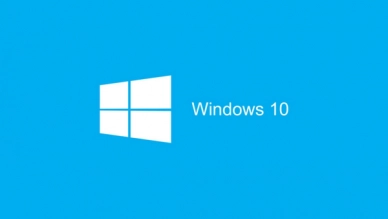



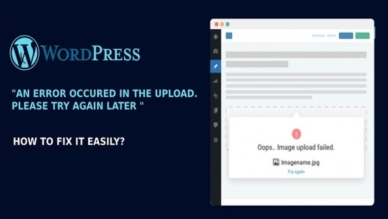
0 feedback